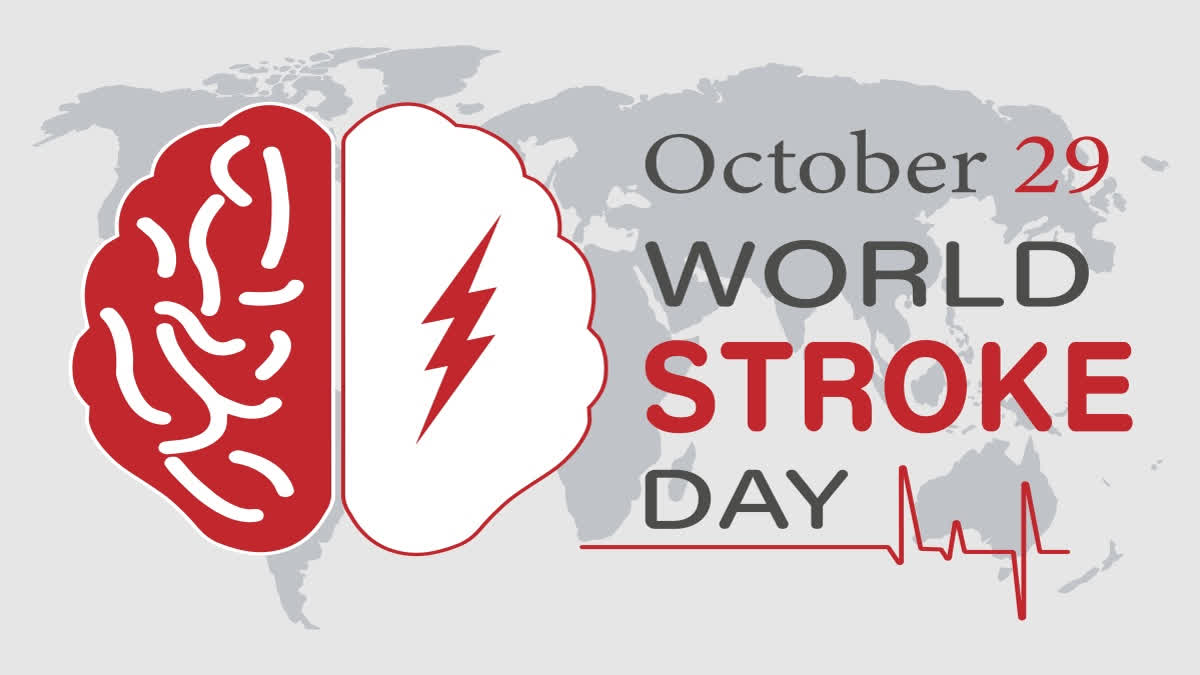New Delhi: With an aim to increase awareness and drive actions on stroke around the world, World Stroke Day is being observed every year on October 29. This day provides opportunities to advocate for actions by decision-makers to improve the prevention of stroke, increase access to emergency medical care and provide support for survivors and caregivers.
History & Significance of World Stroke Day
In the 1990s, the European Stroke Initiative came up with the idea of holding a day of awareness. However, the project could only be carried out in Europe because of financial limitations. The European Stroke Organization observed its awareness day on May 10. October 29 is designated as World Stroke Day, an event that was started in 2004 during the World Stroke Congress in Vancouver, Canada.
Subsequently to create public awareness, in 2006, the World Stroke Organization was created with the merger of the World Stroke Federation and the International Stroke Society. Since then, the World Stroke Organization (WSO) has been taking care of the management and advocacy of World Stroke Day (WSD) on different platforms.
Stroke is a disease that affects arteries that lead to and within the brain. A stroke occurs when a blood vessel carrying nutrients and oxygen to the brain is either ruptured or blocked by a clot. World Stroke Day focuses on raising awareness of stroke and the steps that can be taken to combat it.
What Is Stroke
Stroke is the leading cause of disability worldwide and the second leading cause of death. The Global Stroke Factsheet released in 2022 reveals that the lifetime risk of developing a stroke has increased by 50 per cent over the last 17 years and now 1 in 4 people is estimated to have a stroke in their lifetime. From 1990 to 2019, there has been a 70 per cent increase in stroke incidence, a 43 per cent, increase in deaths due to stroke, a 102 per cent increase in stroke prevalence and a 143 per cent increase in Disability Adjusted Life Years (DALY).
According to the World Health Organisation (WHO), the bulk of the global stroke burden (86 per cent of deaths due to stroke and 89 per cent of DALYs) occurs in lower and lower-middle-income countries. This disproportionate burden experienced by lower and lower-middle-income countries has posed an unprecedented problem to families with fewer resources.
World Stroke Day- Theme 2024
Highlighting the impact of sports in stroke prevention and rehabilitation, the theme for World Stroke Day 2024 has been designated as '#Greater Than Stroke Active Challenge'. The theme has been designated by the WSO. According to WSO, sports has the ability to appeal to people across all geographic, cultural and demographic lines and engage people from all walks of life.
Types of Strokes
